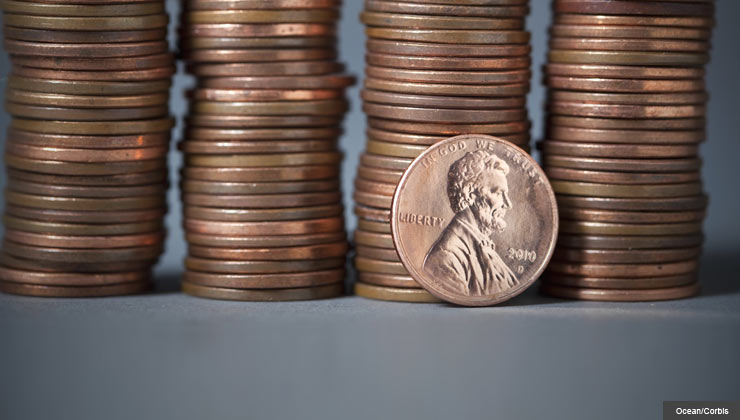
- Select a language for the TTS:
- UK English Female
- UK English Male
- US English Female
- US English Male
- Australian Female
- Australian Male
- Language selected: (auto detect) - EN
Play all audios:
If someone offered you a $600 camera for free, you'd probably suspect a catch. But what if it was just really inexpensive, say $30? Operators of online "penny auction" sites
say there is no trick, that their customers really do get great deals, like a 95 percent discount on an expensive camera. But are they telling the whole truth? SIGN UP FOR AARP'S MONEY
NEWSLETTER. "No," says Colleen Tressler of the Federal Trade Commission. Her agency recently issued a consumer alert, warning about the pitfalls of penny auction websites.
"Consumers get into problems because penny auction sites don't work like other auctions that the consumer may be familiar with," Tressler said. Hundreds of penny auction
websites now populate the Web, and they all work very differently than more conventional online auctions, such as eBay. "In a penny auction, the site owner posts sale items and you pay
to bid," Tressler said. "And, unlike a traditional auction, where only the winning bidder pays anything, penny auctions require you to pay before, and as, you play." With
penny auctions, you will pay some money for every item you bid on whether you win the auction or not. Many sites require that you pay a fee just to register for their site. After that, you
have to buy a "bid package." For example, you could purchase 50 bids for $50. Once the auction starts, the price of the item starts at zero. Each bid bumps up the price a penny and
resets a countdown clock. The end game is to be the highest bidder when the clock runs out. "The penny auction sites make their money off of the bids, not the sale of the
product," Tressler said. "Of all the people making bids on a product, only one of them will actually get the opportunity to purchase it." In other words, that $30 camera
represents 3,000 bids. At a dollar a bid, the website could take in $3,000 on that auction item; not a bad haul for a $600 camera. However, even if you are the winner, you will likely end up
paying more than the final sale price, depending on how many bids you submitted along the way. For example, if you placed 100 bids at a dollar each, your out-of-pocket will be $130. Still a
good deal, but not as fantastic as it might appear at first. Tressler said the FTC also found evidence some auctions may be rigged. "Some unscrupulous auction sites use computerized
bid bots or human shills to automatically push up the bid prices. That keeps the clock ticking, and forces you into a bidding war to stay in first place ... and paying more money in bid
fees," she said. If bidding against a computer isn't challenge enough, the FTC listed several other problem areas for penny auctions, including: TIME LAGS: Many complaints about
penny auctions involved late shipments, no shipments or shipments of products that aren't the same quality as advertised.



